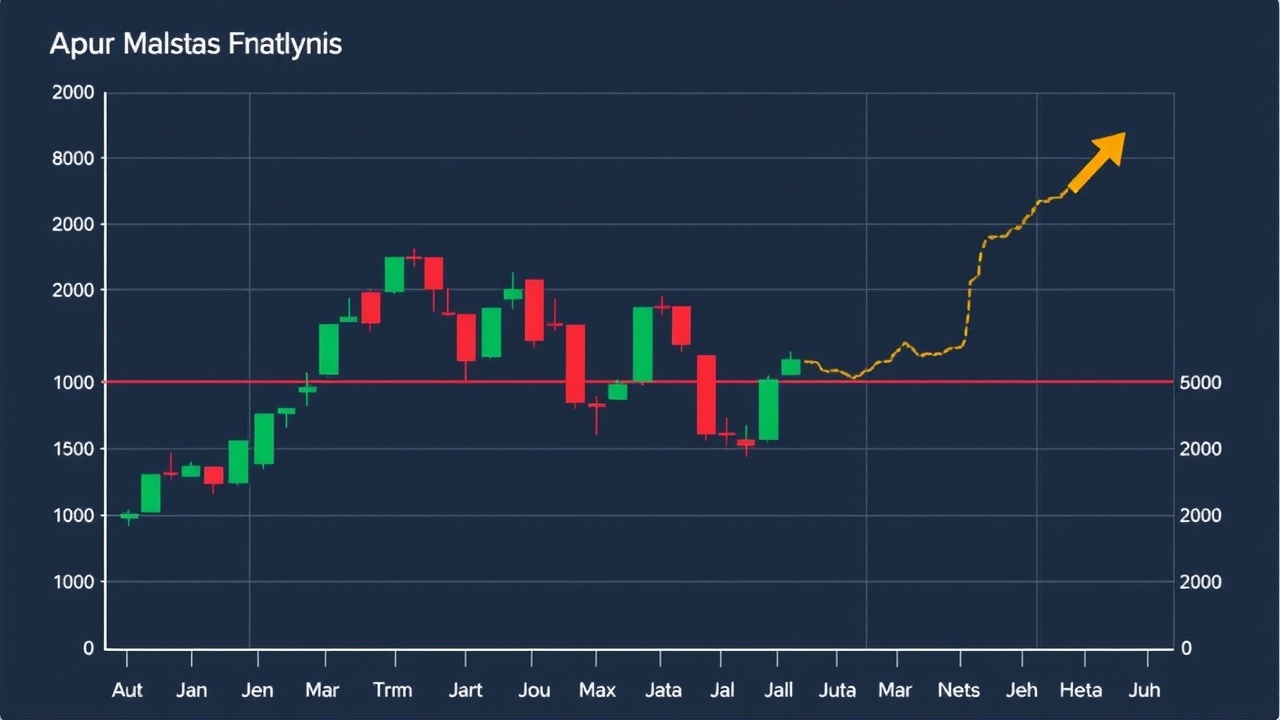
It can be devastating to be laid off just before retirement, but it may also present an opportunity to think about your options
In recent years, economic conditions have been difficult. There is a lot of uncertainty in the workplace as a result of the pandemic, the cost of living crisis, inflation, rising employer costs, and now Trump's tariffs.
Unfortunately, many UK firms are once again considering layoffs as a result of rising business expenses and a decline in economic confidence.
The Office for National Statistics (ONS) reports that between November 2024 and January 2025, there were 4 out of every 1,000 layoffs, which translates to 124,000 job losses.
Many of the individuals losing their jobs are in their 50s or older. Between November 2023 and January 2024, about 29,000 over-50s were laid off, compared to 32,000 during the same time period.
In the meantime, between November 2024 and January 2025, 93,000 folks under 50 lost their jobs.
Additionally, the Department for Work and Pensions discovered that 30.6 million people in the UK between the ages of 50 and 64 were economically inactive in 2024that is, they were neither employed nor actively looking for work.
Although 29% of respondents claimed to be retired, the remaining 70% gave a variety of excuses for their absence from work, including illness or disability, taking care of a family member, and more.
Because they are three times less likely than those under 50 to return to work within three months of being laid off, workers over 50 may face unique difficulties, according to Elaine Smith, senior programme manager for the advocacy group the Centre for Ageing Better.
Your pension will probably be a significant portion of your retirement fund if you were laid off and are getting close to retirement. This is how your retirement planning may be affected by redundancy.
With my redundancy payment, what am I able to do?
You typically have a right to compensation if you are laid off after working for a company for at least two years.
You will typically receive half a week's pay for each full year you worked while under the age of 22, one week's pay for each full year you worked between the ages of 22 and 41, and one week and a half's pay for each full year you were 41 or older. This is how statutory redundancy pay is typically calculated.
Your weekly salary is determined by averaging your earnings over the 12 weeks prior to the day you received your redundancy notice, and this will be applicable for a total of 20 years.
The maximum statutory redundancy pay that you can receive is 21,000, and your weekly compensation is capped at 700 if you were laid off on or after April 6, 2024. These sums will be less if you were laid off prior to April 6, 2024.
You can also use the government's redundancy payment calculator to determine how much you are eligible for.
A statutory redundancy payment's first £30,000 is tax-free, giving you some leeway to spend the money however you see fit.
One way to use this money is to increase your pension, which could allow you to retire earlier or with a higher total pension income.
Through a process known as redundancy sacrifice, your employer may contribute all or a portion of your payout straight to your pension.
To avoid being stuck trying to make ends meet before you can withdraw your pension, make sure you don't need this money to cover living expenses and that you aren't going over your annual pension allowance.
In the 2025 - 2026 tax year, you can receive tax relief by contributing up to 60,000 (or 100% of your earnings, whichever is less) to your pension.
According to Becky OConnor, director of public affairs at PensionBee, "Adding a redundancy payment to your pension has significant financial and tax benefits, including tax relief, especially if you are getting close to the age at which you can access your pension money anyway. There is also the added bonus of some tax relief and, ideally, some investment growth.
How will my pension be affected by redundancy?
Your workplace pension payments from your time there will remain yours even if you are laid off. The sole modification is that your employer will no longer make contributions to your pension.
You have choices if your pension is a defined contribution (DC) pension. As long as your pension plan permits it, you can keep making contributions. If your new employer offers a better option, you can transfer your pension fund to their plan. Alternatively, you can transfer it to a personal pension such as a ready-made pension plan or a self-invested personal pension (SIPP).
Transferring your pension is a good idea if you can take advantage of cheaper fees or more investment options elsewhere. The amount of your retirement pot will be determined by the performance of your investments and the amount you have contributed over time.
It is likely that you will leave your defined benefit (DB) pension or final salary plan in place, even though you can transfer it to a different workplace pension plan or personal pension.
The gold standard is defined benefit plans, and according to the Financial Conduct Authority (FCA), if your defined benefit pension is worth £30,000 or more, you must get financial advice before transferring it. They are not correlated with investment returns, in contrast to defined contribution pensions. The amount you receive upon retirement under a DB plan is guaranteed and is determined by your length of service and final salary.
Can I keep making pension contributions?
Depending on the regulations of your specific plan, you might be permitted to keep making contributions to your workplace pension. You can keep making contributions to the government's Nest workplace pension, for instance.
As an alternative, you can transfer your pension fund to your private pension or to a new employer's plan and keep making contributions. But once you leave that company, you usually can't keep making contributions to a defined benefit pension.
Will my state pension fall short?
If you are laid off prior to accruing sufficient qualifying years of National Insurance (NI) contributions, you may experience a shortfall in your state pension. You typically need to have made NI contributions for 35 qualifying years in order to receive the full new state pension, which is 230 point 25 per week in the 2025 - 2026 tax year.
By applying for a forecast (online at Gov. The quickest method is the UK. Your current NI record and the amount you are expected to receive if you continue working until you reach the state pension age will be displayed in the forecast.
If you have caregiving responsibilities or receive specific benefits, you might be eligible to claim NI credits.
Alternatively, purchasing optional Class 3 NICs can compensate for any deficiencies. Although it varies, the cost to buy back some missing years is usually between 800 and 900.
Your state pension can be increased by about 329 per year by purchasing a missing year. Prior to making voluntary contributions, make sure you are eligible for National Insurance credits.
Will it affect my ability to retire early?
Take into account the possibility of a pension income shortfall if you're thinking about retiring early following redundancy. Redundancy after the age of fifty can significantly affect retirement savings; on average, those affected save £29,000 less in their pensions, according to a Legal and General analysis.
For instance, a person who makes £40,000 annually and puts 10% of their pay into their pension makes roughly £333 per month. According to the wealth manager Evelyn Partners, they would require an additional 55,000 to cover the 10-year gap if they retired early, at age 57 rather than 67, and assumed a 6% annual return after fees.
In addition to having to pay for a retiree lifestyle for another ten years, they will be giving up ten years of pension tax relief, employer contributions, and investment growth, according to Gary Smith, partner in financial planning at Evelyn Partners.
However, depending on the amounts involved, if someone puts a redundancy lump sum into their pot, it may partially or completely cover the cost of continuing contributions.
Am I able to afford to retire?
The Pensions and Lifetime Savings Association (PLSA) states that in order to maintain a moderate standard of living in retirement, an individual must earn 31,300, and a couple must earn 43,100.
If you and your partner receive the full new state pension, which is currently £11,973 annually, you will need to receive an additional pension income of roughly £19,154 annually in order to maintain a moderate standard of living in retirement. In order to receive the full new state pension, a single person would require an additional 19,327 in pension income annually.
To find out if you are saving enough for retirement, you can use one of the many online calculators available.
But you might be surprised at how little retirement costs. Because you won't be paying National Insurance (NI) on your income and can utilize your tax allowances to maximize your income, you'll likely pay less in taxes when you retire.
Since the implementation of pension freedoms in April 2015, you also have more options than ever before when it comes to your pension savings. You could continue to invest in a flexible drawdown plan, for instance, and only withdraw as much money as you require.














Leave a comment on: Tips for handling redundancy as you approach retirement